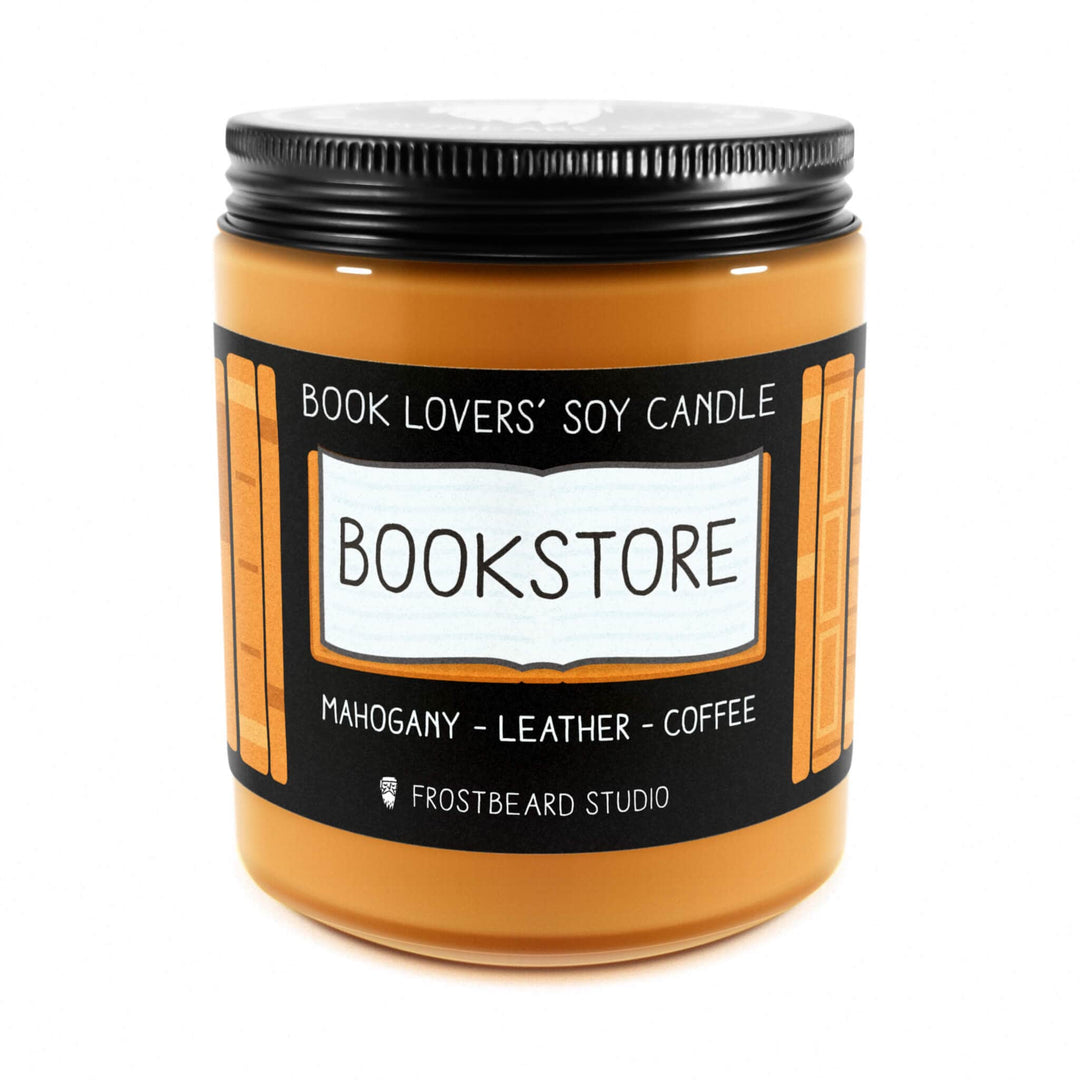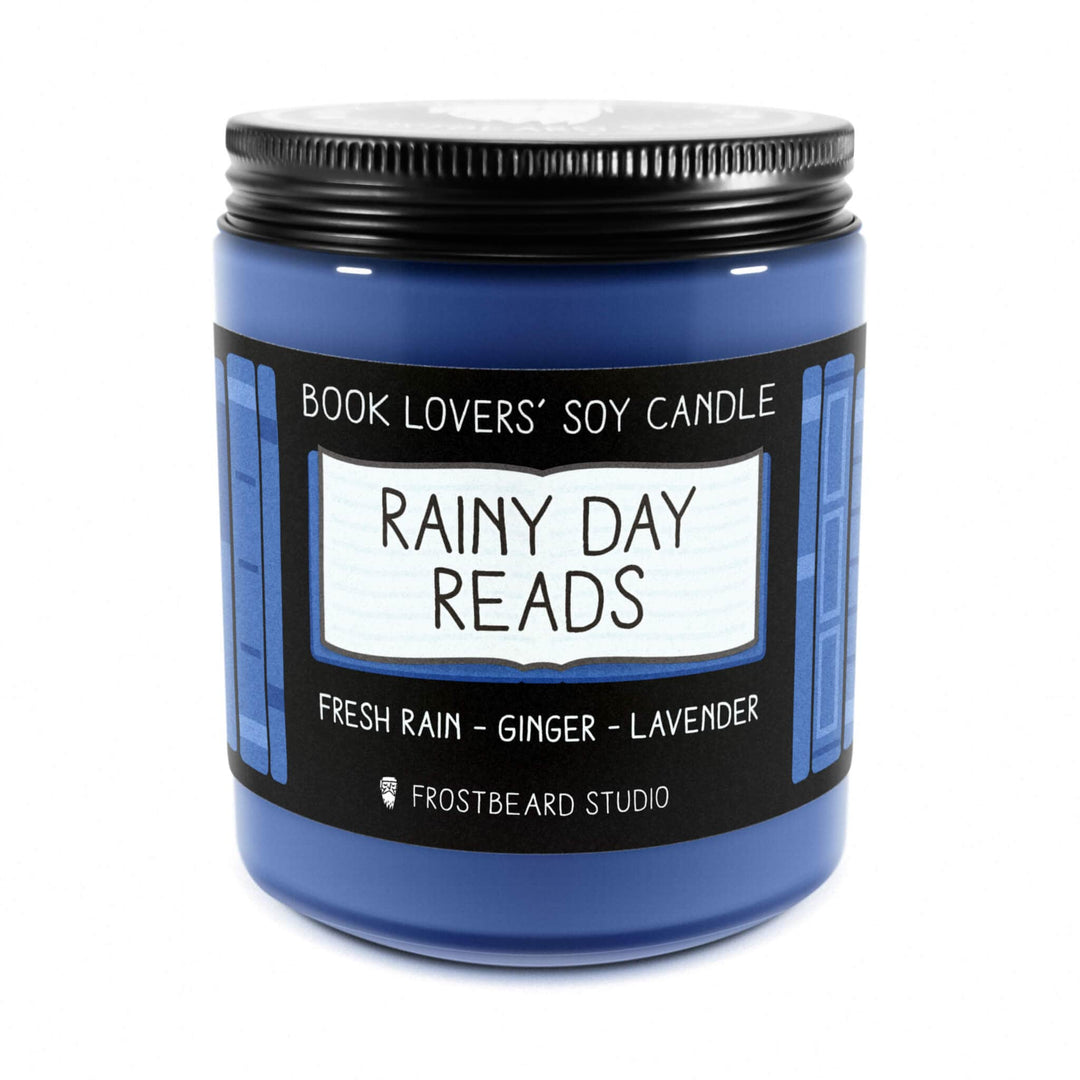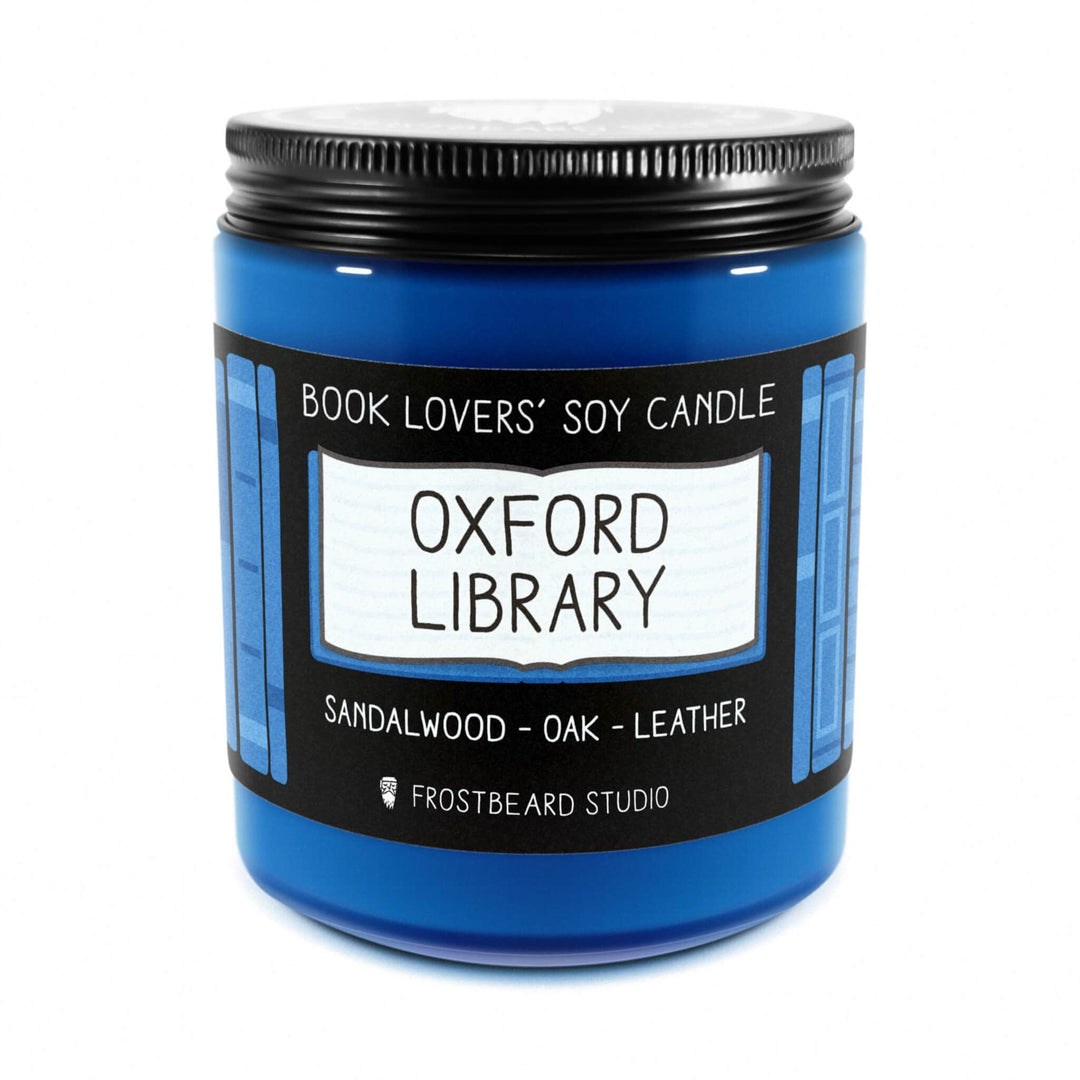Navigating Genres: A Guide to Contemporary Fantasy
Exploring Contemporary Fantasy: An Introduction
Contemporary fantasy refers to a fascinating subgenre of fantasy literature where modern, real-world settings coexist with magical or supernatural elements. This unique blend grounds fantastical stories in familiar environments, making them both relatable and extraordinary.
What Makes Contemporary Fantasy Special? - Definition: Magic within modern settings, blending the everyday with the fantastical. - Overview: Stories feature magical beings or events in today's world, often hidden beneath the surface of everyday life.
C.S. Lewis captured this well in That Hideous Strength by juxtaposing ordinary settings with magical elements. He noted, "We do not always notice [the fairy tale's] method, because the cottages, castles, woodcutters, and petty kings with which a fairy tale opens have become for us as remote as the witches and ogres to which it proceeds."
This genre often tackles social themes and real-life issues, bringing a layer of depth and relevancy. For instance, it can draw on religious themes, like in Sylvia Kelso's observation of a market shift toward integrating vampires and werewolves, which allows for more exploration of spiritual and moral questions.
I'm Roxie Lubanovic, and with my background in English literature, I’ve spent years immersed in contemporary fantasy, both as an avid reader and a content creator. My aim is to break down its intricate components in a way that's easy to grasp.

Contemporary fantasy word list: - best magic fantasy books - best fantasy book characters - best fantasy fiction novels
What is Contemporary Fantasy?
Subgenres of Contemporary Fantasy
Contemporary fantasy is a unique blend of the magical and the mundane, set in the present day. This genre brings together the real world and fantastical elements, creating stories that are both relatable and extraordinary.
Definition
Contemporary fantasy is a subgenre of fantasy literature where magical or supernatural elements exist in a setting that resembles the real world. Unlike traditional fantasy, which often takes place in medieval-like worlds, contemporary fantasy happens in modern times.
Real-World Setting
These stories are typically set in familiar, everyday locations like cities or small towns. This makes the magical elements feel more surprising and impactful. Imagine walking down your street and stumbling upon a hidden world of magic—this is the essence of contemporary fantasy.
Magical Elements
Despite the realistic setting, these stories include magical creatures, supernatural abilities, or other fantastical elements that disrupt the ordinary world. Think of wizards, vampires, and mythical creatures living secretly among us.
Secret Worlds
A common theme in contemporary fantasy is the existence of a hidden magical world that coexists with our own. This secret world is often unknown to most people, adding an element of mystery and findy.
Subgenres of Contemporary Fantasy
Contemporary fantasy is diverse, with several subgenres that add unique flavors to the main theme. Here are a few key subgenres:
Urban Fantasy
Urban fantasy is set in a city environment. It often features a gritty, dark tone and blends elements of crime, mystery, and supernatural intrigue. A prime example is The Mortal Instruments series by Cassandra Clare, where shadowhunters and demons exist in modern-day New York City.
Paranormal fantasy focuses on supernatural beings like vampires, werewolves, and ghosts. These stories often explore themes of identity and belonging. For instance, Sylvia Kelso notes that contemporary fantasy has branched out into paranormal subgenres, drawing on religious themes to create complex narratives.
Portal Fantasy
Portal fantasy involves characters traveling from the real world to a magical field through a portal. These stories often start in a familiar setting before transporting characters (and readers) to an entirely different world. While not always classified strictly as contemporary fantasy, they share many elements with the genre.

Next, we'll dive deeper into the key elements that make contemporary fantasy so captivating.
Key Elements of Contemporary Fantasy
Popular Themes in Contemporary Fantasy
Modern Settings
Contemporary fantasy stories often take place in settings that resemble our real world. These can be busy cities, quiet small towns, or even professional environments like offices and universities. For example, the "Harry Potter" series by J.K. Rowling merges the magical world with the everyday life of modern England, making the extraordinary feel accessible.
Fantastical Elements
Despite their realistic settings, contemporary fantasy stories are filled with magical creatures, supernatural abilities, and other fantastical elements. This blend creates a sense of wonder and excitement. Think of Neil Gaiman's "American Gods," where ancient deities roam modern America.
Societal Themes
Many contemporary fantasy stories explore societal themes such as identity, belonging, and the impact of the supernatural on everyday life. These themes make the stories more relatable and thought-provoking. For instance, "The Mortal Instruments" series by Cassandra Clare digs into the hidden world of demons and shadowhunters, touching on themes of family and acceptance.
Genre Blending
Contemporary fantasy often mixes elements from other genres, such as mystery, romance, and horror. This blending creates rich, multifaceted narratives. A good example is how contemporary fantasy can incorporate the suspense of a thriller or the emotional depth of a romance novel.
Contemporary Issues
These stories frequently address modern-day issues, making them relevant and engaging. They might tackle topics like work-life balance, personal trauma, or societal expectations. This approach helps readers connect with the characters and their struggles on a deeper level.
Magical Realism
Magical realism is a key aspect of contemporary fantasy. It involves integrating magical elements into the real world in a way that feels natural and believable. For example, in C.S. Lewis's "That Hideous Strength," the story starts with a mundane scene of academic politics before revealing its magical aspects.
Secret Histories
Another popular theme is the idea of secret histories—hidden magical events or societies that have existed alongside our own throughout history. These narratives add layers of mystery and depth to the story. Sylvia Kelso notes that contemporary fantasy is more willing to draw on religious themes, often creating intricate backstories involving supernatural beings.
Next, we'll explore how to write contemporary fantasy, focusing on character development, setting integration, and plot dynamics.
How to Write Contemporary Fantasy
Tips from Famous Authors
Writing contemporary fantasy can be a thrilling journey. Here are some tips from famous authors on character development, setting integration, plot dynamics, and genre conventions to help you craft a compelling story.
Character Development
In contemporary fantasy, characters are often more lifelike and relatable compared to those in high fantasy. C.S. Lewis emphasized the importance of starting with familiar, realistic characters before introducing magical elements. He said, "I am following the traditional fairy-tale. We do not always notice its method, because the cottages, castles, woodcutters and petty kings with which a fairy tale opens have become for us as remote as the witches and ogres to which it proceeds."
Developing round, complex characters is key. Make sure your characters have clear motivations, flaws, and growth arcs. This will make them feel real and keep readers engaged.
Setting Integration
The setting in contemporary fantasy should blend the magical with the mundane. Sylvia Kelso notes that contemporary fantasy often starts with a normal scene of modern life before revealing supernatural elements. For example, J.K. Rowling's "Harry Potter" series integrates the magical world seamlessly with modern England, making the extraordinary feel accessible.
Use detailed descriptions to create a vivid, believable world. Incorporate real-world locations and mix them with fantastical elements to make your setting come alive.
Plot Dynamics
A well-crafted plot is essential. Camille Bacon-Smith, an expert in contemporary fantasy, highlights the importance of a coherent structure that balances the real and the fantastical. Your plot should have clear stakes, conflicts, and resolutions.
Consider starting with a normal scene and gradually introducing magical elements. This method keeps readers grounded while building anticipation. Make sure your plot includes twists and turns to keep readers hooked.
Genre Conventions
Understanding genre conventions is crucial. Contemporary fantasy often blends elements from other genres like mystery, romance, and horror. This blending creates rich, multifaceted narratives. For example, Neil Gaiman's "American Gods" mixes mythology with modern American life, adding depth and complexity.
Familiarize yourself with the conventions of contemporary fantasy and use them to your advantage. This will help you meet reader expectations while adding your unique twist.
C.S. Lewis
C.S. Lewis's work, especially "That Hideous Strength", is a great example of starting with a realistic setting before introducing magical elements. His approach shows how to make the extraordinary feel natural and believable.
Sylvia Kelso
Sylvia Kelso notes a "market shift" from high fantasy to contemporary fantasy, highlighting its openness to religious themes and supernatural beings. This shift encourages writers to incorporate diverse traditions and beliefs into their stories.
Camille Bacon-Smith
Camille Bacon-Smith emphasizes the importance of balancing the real and the fantastical in contemporary fantasy. Her insights can guide you in creating a coherent, engaging story that resonates with readers.
By following these tips and learning from famous authors, you can craft a compelling contemporary fantasy story that captivates your audience. Up next, we'll look at some examples of contemporary fantasy to inspire your writing.
Examples of Contemporary Fantasy
Influential Contemporary Fantasy Books
Contemporary fantasy has given us some of the most beloved books and series in recent literary history. These stories blend the magical with the mundane, creating worlds that feel both extraordinary and relatable. Let's explore some influential contemporary fantasy books that you shouldn't miss.
Harry Potter Series
J.K. Rowling's Harry Potter series is perhaps the most iconic example of contemporary fantasy. Starting with Harry Potter and the Sorcerer’s Stone, Rowling introduces us to Harry, an ordinary boy who finds he is a wizard. The magical world of Hogwarts is hidden within modern-day England, making the extraordinary feel accessible and real.
The series has captivated millions of readers worldwide and has ignited a global phenomenon, sparking fan clubs, theme parks, and even academic courses. People identify strongly with their Hogwarts houses, showing how deeply these characters and their world have embedded themselves into our lives.
American Gods
Neil Gaiman's American Gods is another standout in contemporary fantasy. This novel blends mythology with modern American life, creating a rich, multifaceted narrative. The story follows Shadow Moon, who becomes entangled in a conflict between old gods and new gods, each representing different aspects of American culture.
Gaiman's work is known for its depth and complexity, and American Gods is no exception. The book has inspired numerous adaptations and discussions, proving that fantasy can leave a lasting mark on popular culture.
The Magicians
Lev Grossman's The Magicians series is often described as "Harry Potter for adults." The story follows Quentin Coldwater, a teenager who finds a secret college of magic in upstate New York. Unlike traditional fantasy, The Magicians digs into darker and more mature themes, exploring the complexities of adulthood and the consequences of wielding magical power.
Grossman's series has been praised for its intricate plot and well-developed characters, making it a must-read for fans of contemporary fantasy.
The Ocean at the End of the Lane
Another gem by Neil Gaiman, The Ocean at the End of the Lane is a hauntingly beautiful tale about memory, childhood, and the magic hidden in everyday life. The story begins with a man returning to his hometown for a funeral and recalling a series of otherworldly events from his childhood.
Gaiman's lyrical prose and the blend of the mundane with the supernatural make this book a standout example of contemporary fantasy. It's a poignant reminder that magic can be found in the most unexpected places.
City of Bones
Cassandra Clare's City of Bones, the first book in The Mortal Instruments series, introduces us to Clary Fray, a teenager who finds she is part of a hidden world of Shadowhunters—warriors who protect humanity from demons. Set in modern-day New York City, the series combines urban life with elements of fantasy, creating a gripping and immersive experience.
Clare's work has garnered a massive following, and City of Bones has been adapted into both a movie and a television series, further cementing its place in contemporary fantasy literature.
These books are just a few examples of how contemporary fantasy can captivate readers by blending the magical with the real. Whether you're new to the genre or a seasoned fan, these stories offer a perfect escape into worlds where anything is possible. Up next, we'll address some frequently asked questions about contemporary fantasy to help you steer this enchanting genre.
Frequently Asked Questions about Contemporary Fantasy
What is the difference between contemporary fantasy and urban fantasy?
Contemporary fantasy and urban fantasy are closely related but have distinct differences.
Contemporary fantasy is a broad genre that includes any fantasy story set in the modern world. This means it can take place in cities, small towns, or even rural areas. The key element is that the story occurs in a time period that mirrors our own, incorporating magical elements into the real world.
Urban fantasy, on the other hand, is a subgenre of contemporary fantasy. It specifically focuses on stories set in urban environments—think busy cities and densely populated areas. The setting is a crucial aspect of urban fantasy, often shaping the narrative and the magical elements within it.
For example, J.K. Rowling's Harry Potter series is considered contemporary fantasy because it blends the magical with the everyday world of modern England. In contrast, The Dresden Files by Jim Butcher is a classic example of urban fantasy, with its magical trips taking place in the heart of Chicago.
How does contemporary fantasy differ from magical realism?
While both contemporary fantasy and magical realism incorporate magical elements into the real world, they do so in different ways.
Contemporary fantasy often features clear distinctions between the magical and non-magical parts of the world. The characters are usually aware of the magical elements, and these elements play a significant role in the plot. The story might involve wizards, mythical creatures, or secret magical societies.
Magical realism, on the other hand, integrates magical elements so seamlessly into the real world that they seem almost normal. The magic in these stories is often subtle and not questioned by the characters. The focus is more on the ordinary aspects of life, with the magical elements serving to improve the narrative rather than dominate it.
A good example of magical realism is Gabriel García Márquez's One Hundred Years of Solitude, where fantastical events occur in a way that feels natural within the context of the story. In contrast, Neil Gaiman's American Gods clearly separates the magical from the mundane, making it a contemporary fantasy.
What are the latest trends in contemporary fantasy literature?
Contemporary fantasy continues to evolve, with several exciting trends emerging in recent years:
-
Blending Genres: Authors are increasingly mixing contemporary fantasy with other genres like horror, science fiction, and romance. This genre-blending creates unique narratives that appeal to a broader audience. For example, the Paranormal Curio series combines elements of urban fantasy and low sci-fi.
-
Diverse Voices: There is a growing emphasis on diversity, with more stories featuring characters from different cultural backgrounds and exploring various mythologies. This trend enriches the genre by introducing fresh perspectives and untapped folklore.
-
Modern Issues: Contemporary fantasy often tackles current societal themes such as climate change, social justice, and technology's impact on society. These stories use magical elements to explore and comment on real-world issues, making them highly relevant to today's readers.
-
Serialized Stories: Many contemporary fantasy works are being written as series, allowing for more extensive world-building and character development. This format keeps readers engaged over multiple books, creating long-term fanbases.
-
Adaptations: With the success of adaptations like Harry Potter and The Mortal Instruments, more contemporary fantasy books are being turned into movies and TV series. This trend helps bring the genre to a wider audience and keeps it in the cultural spotlight.
These trends show that contemporary fantasy is a dynamic and ever-changing genre, continually finding new ways to captivate and inspire readers.

Next, we'll dive into some practical tips on how to write compelling contemporary fantasy stories, drawing insights from famous authors who have mastered the craft.
Conclusion
Reading contemporary fantasy offers a magical escape from the everyday grind. It transports us to worlds where the mundane and the mystical coexist, creating a unique and immersive experience.
At Frostbeard Studio, we believe in enhancing your reading journey. Our literary-inspired candles are crafted to complement your favorite fantasy novels, adding an extra layer of enchantment to your reading time.
Why choose Frostbeard Studio candles?
- High-Quality Craftsmanship: Each candle is made with care and attention to detail, ensuring a premium product that improves your reading experience.
- Enchanting Scents: Our candles are inspired by beloved fantasy stories, creating an atmosphere that brings the magic to life.
- Supporting Local Craftsmanship: By choosing our candles, you’re supporting a small business dedicated to quality and creativity.
So, the next time you dive into a contemporary fantasy novel, light a Frostbeard Studio candle. Let the scents transport you deeper into the story, making your reading experience truly magical.
Explore our fantasy-themed candles and lift your literary trips today.
Happy reading, and may your journeys in contemporary fantasy be filled with wonder and excitement!








